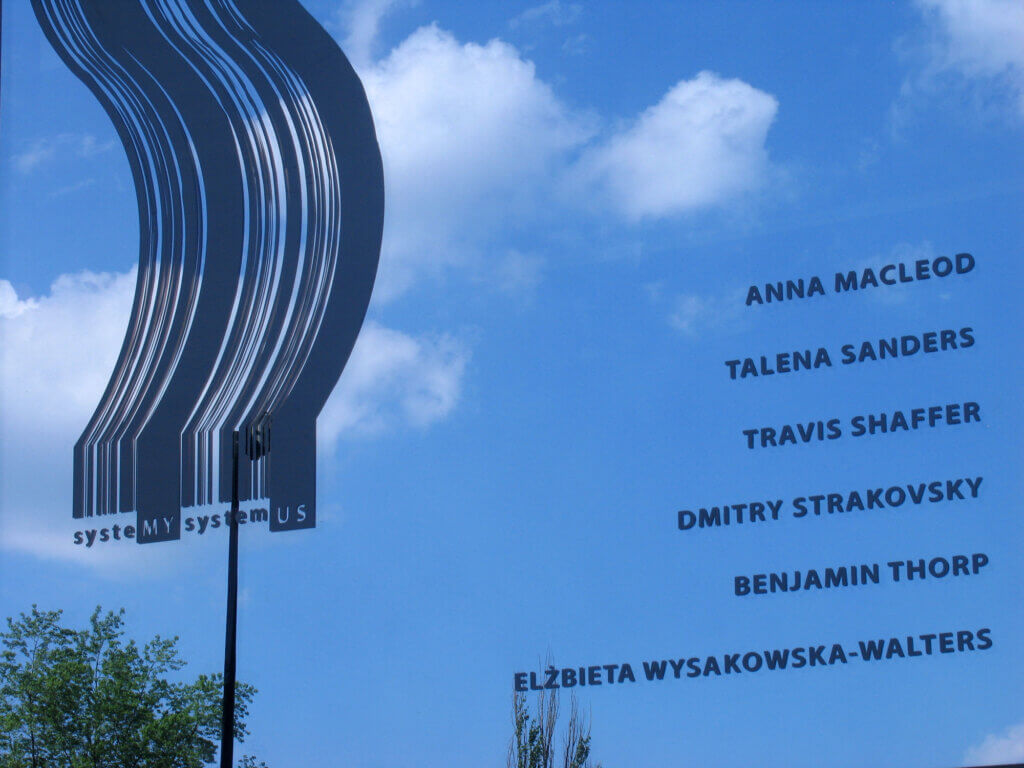”systeMY⎢systemUS”
idea, curator: Mariusz Sołtysik / co-curator: Magdalena Świątczak, Dmitry Strakovsky / the exhibition took place in the Galeria Imaginarium, Łódź, from: May 20 untill 2nd July 2011, Poland
Artists: Anna Macleod, Talena Sanders, Travis Shaffer, Dmitry Strakovsky, Benjamin Thorp, Ela Wysakowska-Walters
FORTUNATELY!
According to the OED, a system is a group or set of related or associated material or immaterial things, forming a unity or complex whole, an organized scheme or plan of action, an orderly or regular procedure or method, an orderly arrangement or method. There is probably no part of human life where we could not recognize a binding rule or system according to which we act or cause action. By means of his intellectual potential man has long imposed a certain order on the world, mostly in political and social relations. It seems that the human mind cannot stand chaos and that we attempt to understand the rules that govern the universe (which in English used to be called “the system”). In science some theories have been replaced by others although nowadays we rather speak about systems functioning on a certain scale. That is why the old and use physics of Isaac Newton was not discarded at all when confronted with the Theory of Relativity or the String Theory. There is no uniform theory of a system we could make use of on the macro or micro scale, and dark matter still conceals its mysteries.
How is it in the case of art? Can we speak of a rule or systems of its creation? All things considered, an artist is also a man and he often imposed numerous rules on himself, beginning, for example, from the system of brush strokes in pointillism, to the use of a concrete code conveyed by means of symbols. Fortunately the adopted systems did not exclusively determine whether we had to do with a work of art. I remember the impression I came under when I read the books of an American writer Thomas Pynchon who used (I am thinking of composition) a thought experiment that was supposed to explain the second law of thermodynamics conceived by the physicist James Clerk Maxwell. Namely, we had to imagine a container full of air (“Black Box”?), divided into two chambers, A and B. In the insulated wall between the two chambers there is a small hole in which an imaginary being – Maxwell’s demon – sorts and orders particles, allowing the hotter ones to flow from A to B, and the slower ones from B to A. Thus the demon without any additional energy increases or decreases the system’s temperature, violating the second law of thermodynamics. However, in order to measure the temperature we would have to add energy which would upset the whole system. This, alas, would cause the increase in the disorderliness of particles, leading to entropy. The circle was closed. The rule of entropy also came to be used in information theory. Mutual stimulation and surprising applications of distant branches of science reminds me of what Shunryu Suzuki has said: “There are many possibilities in the mind of the beginner, in the mind of an expert – but a few”. An artist is not a researcher or a scientist, not to mention the fact that he does not systematize those possibilities, so maybe he is still “a beginner”?
This situation can also be illustrated by the absence of a uniform system used in the work of a given artist or group of artists, especially in modern art where there is no concrete style or idea according to which a group of artists produces their works. Art is always a reflection of its time and artists boldly employ new phenomena or scientific ideas. Do we really have examples of interesting ways in which, for example, new technologies are used, or are they only a way to show off in the form of technological gadgets installed in galleries and museums? The value of technology grew disproportianately quickly along with the power of creating a virtual ideal – the true “second life” – at the cost of reality. We do not improve the world any more, we create it anew, virtually. However, we must also protect it just like our own imperfect world. We could say that we always protect ourselves from some kind of danger – an exception can be “civilized” dictators acting within the limits of the exchange of worldly goods (“Pocket Dictator”). Hence the need of the identification of citizens – numbers, codes, tax-payer’s identification numbers etc. Such highly developed system of social identification could have been once compared only to the literary visions of George Orwell. Today almost no one questions the rules we adopt in the name of safety. What is amazing is that even such notions as freedom on the web have long gone into oblivion. However, identification as such should not worry us, what is worse is the awareness of what we do to each other in mutual relations, how we value things (“Erotic Life of XAU”), what our relationship with nature looks like (“Access all Areas. Water optics”), how we take advantage of the so-called economically weaker partners (“Real Estate Opportunities/…”) or how we allow languages, tribes, species (“Fashion, Identification, Economy”) to disappear… Awareness, after all, is the system of education (“Preserve the Meaning”). But we portion and standardize it in order to make it easy to digest.
As we can see, it is not far from the idea of a system to the impressions about human existence. Fortunately behind all systems there still lies a living and unforeseeable human mind. In spite of the genetic leash which restrains us, perhaps, but offers at least a theoretically narrowed field of action, we are still able to surprise each other and we convert our system “failures” and imperfections into true transcendental beauty. The exhibition called systeMY/systemUS – which is merely a signal, not an attempt at a definition – is full of such system “failures”.
Mariusz Sołtysik
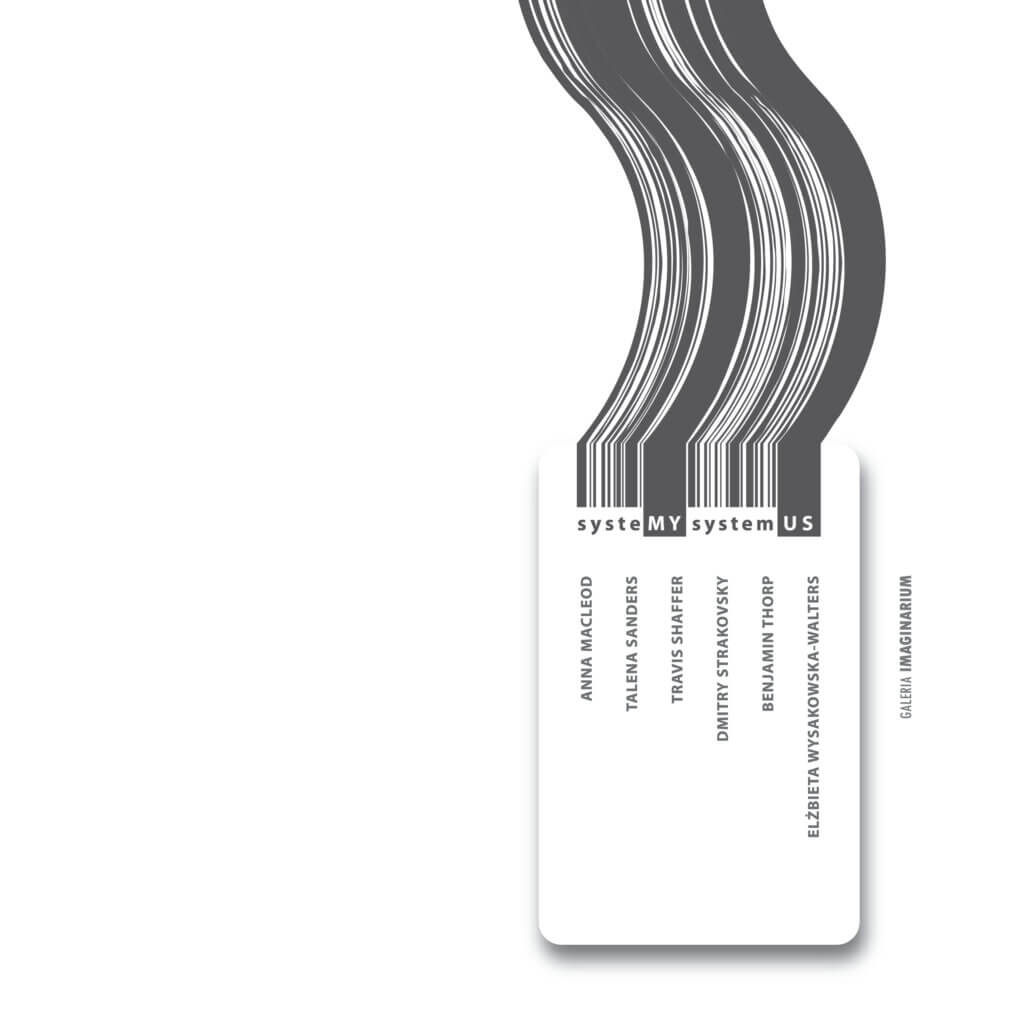
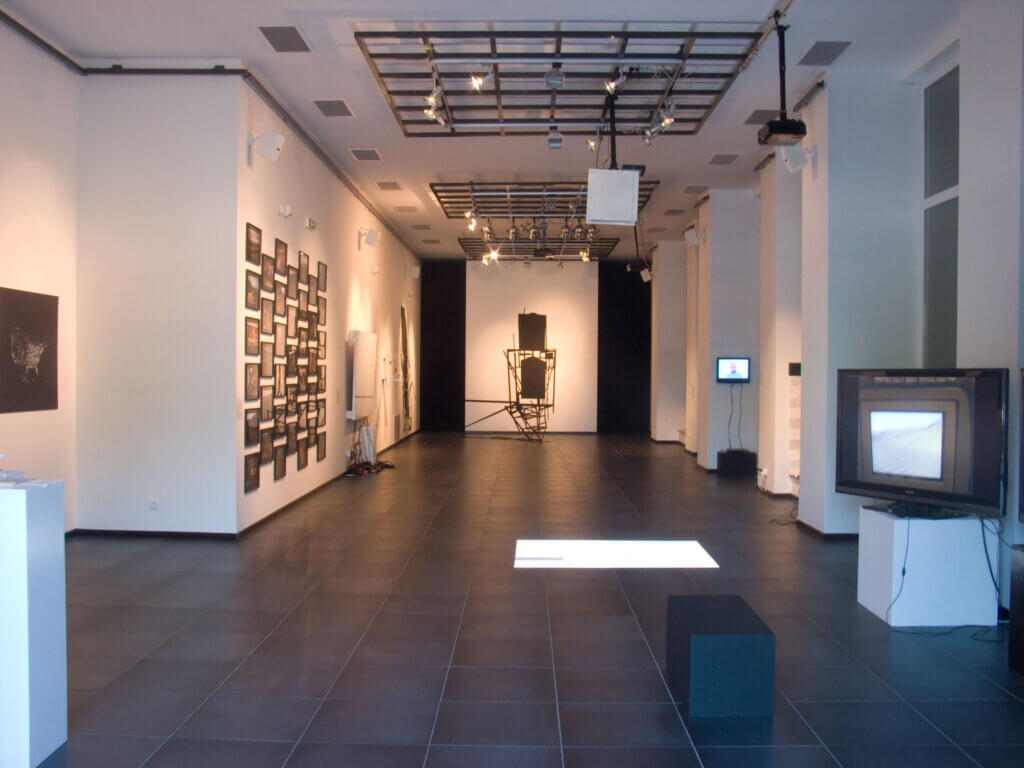
view from the exhibition 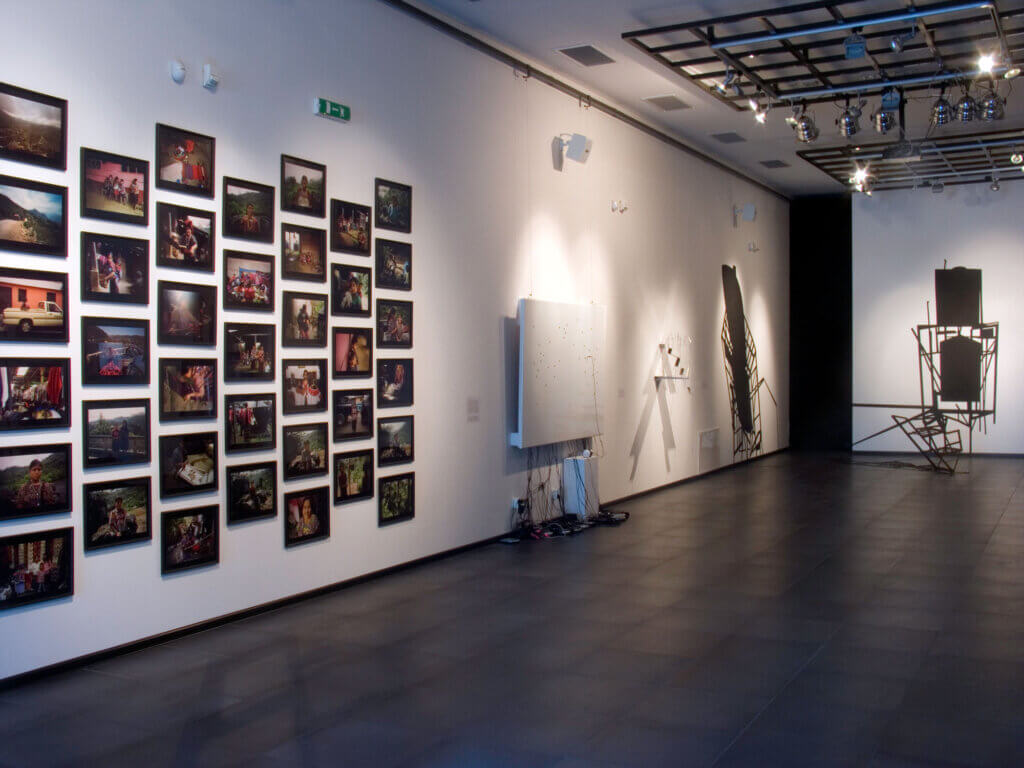
view from the exhibition 
Talena Sanders, “La Moda, La Identidad, La Economía: Mayan Traditional Dress in Contemporary Guatemala” 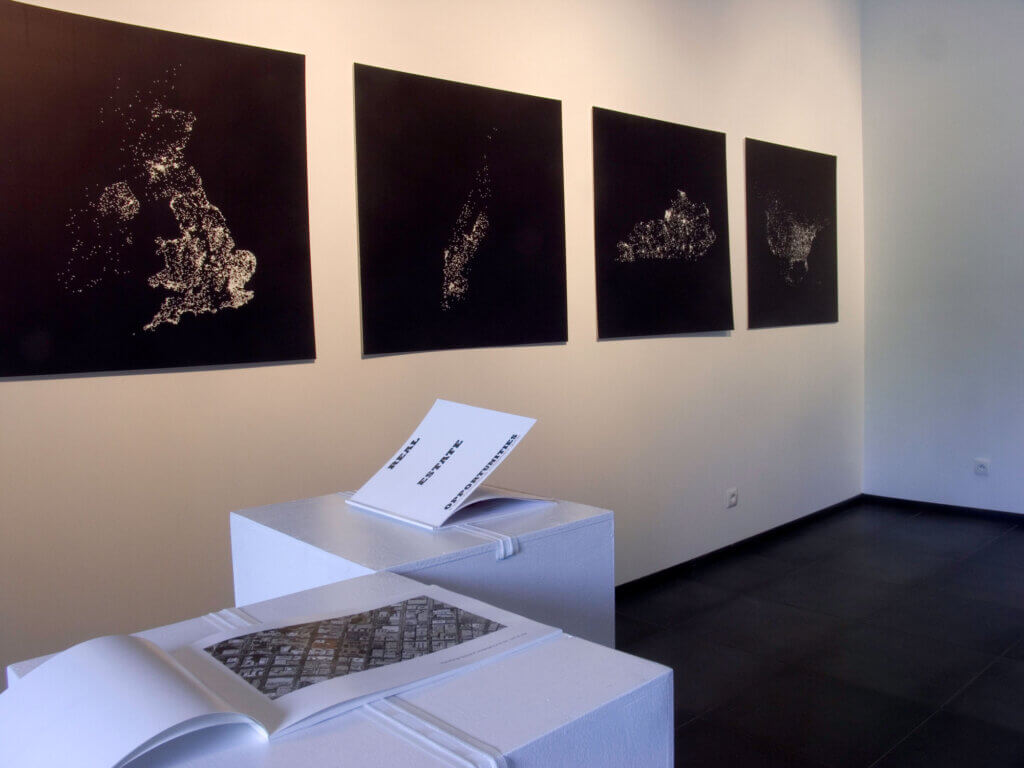
Travis Shaffer, prints: ”Keyword: Communities / Walmart US” / in the foreground: the book ”Real Estate Opportunities / a 2010 international investment guide” 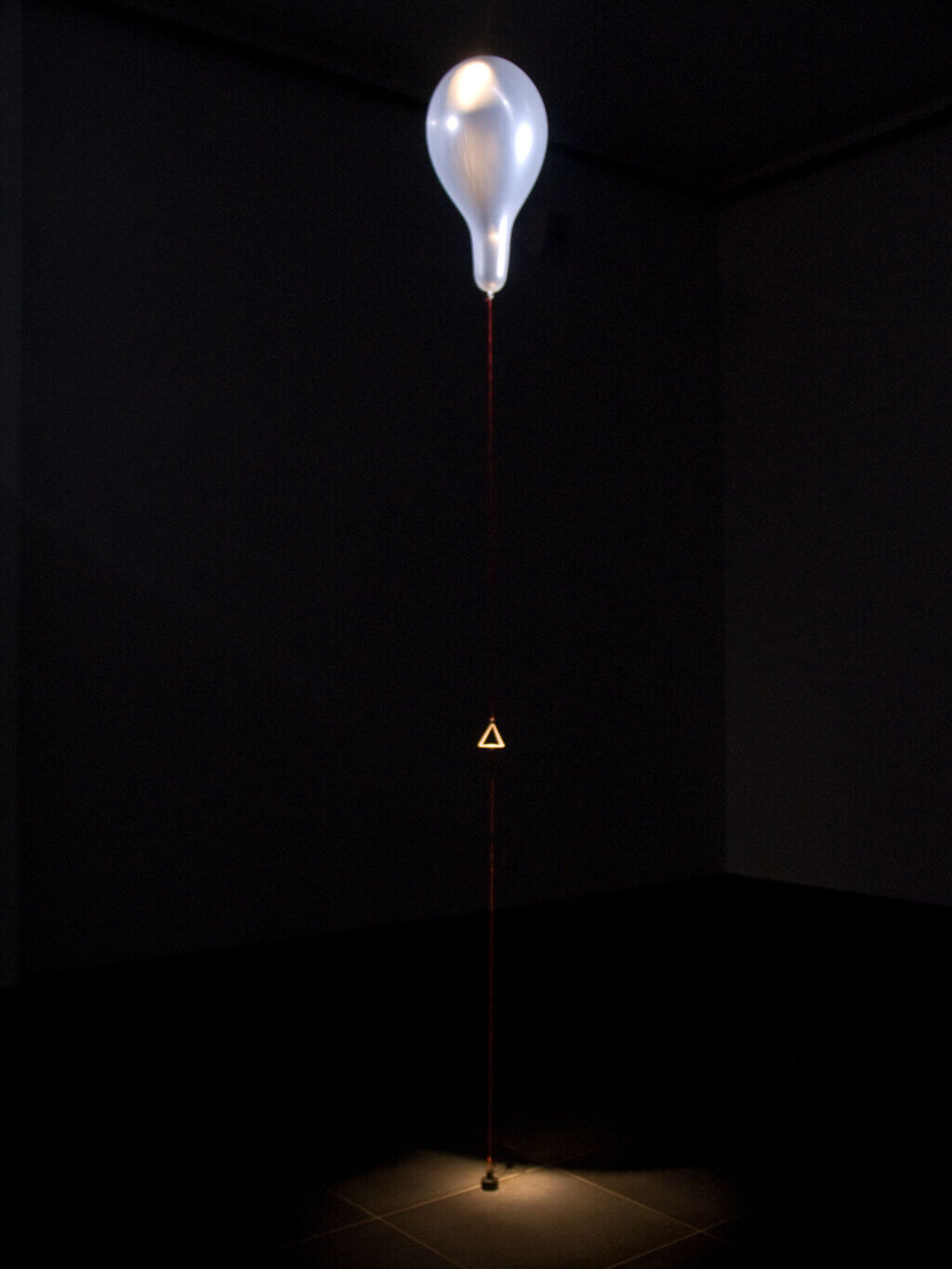
Dmitry Strakovsky, installation: ”The Erotic Life of XAU” 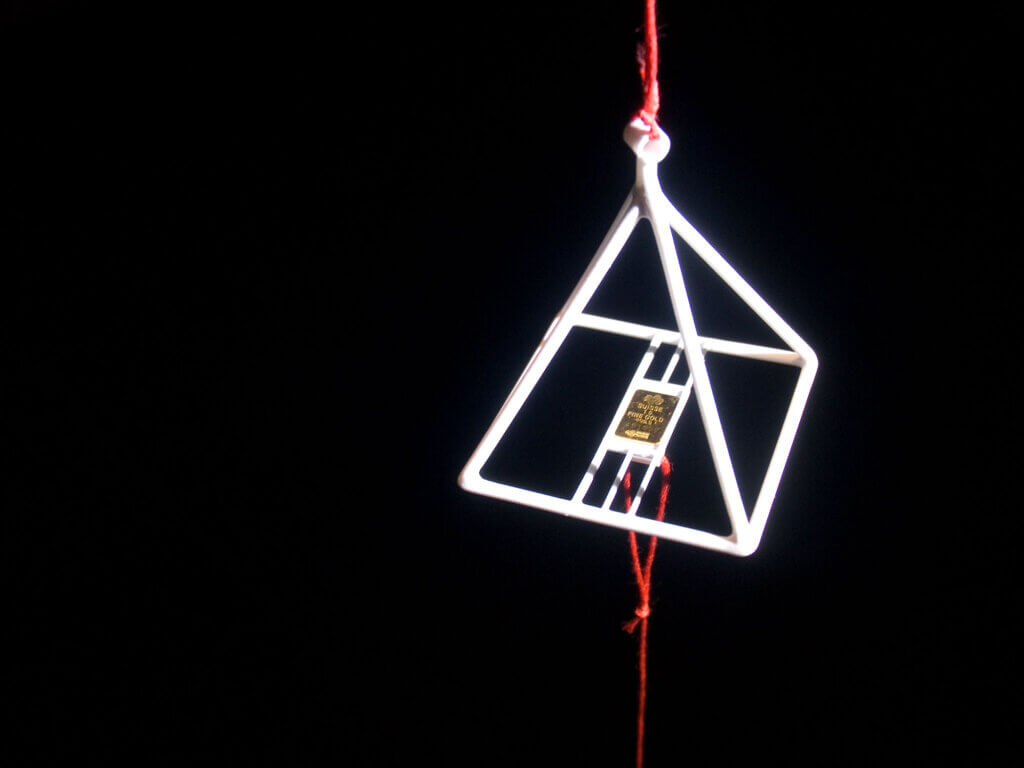
Dmitry Strakovsky, installation: ”The Erotic Life of XAU” 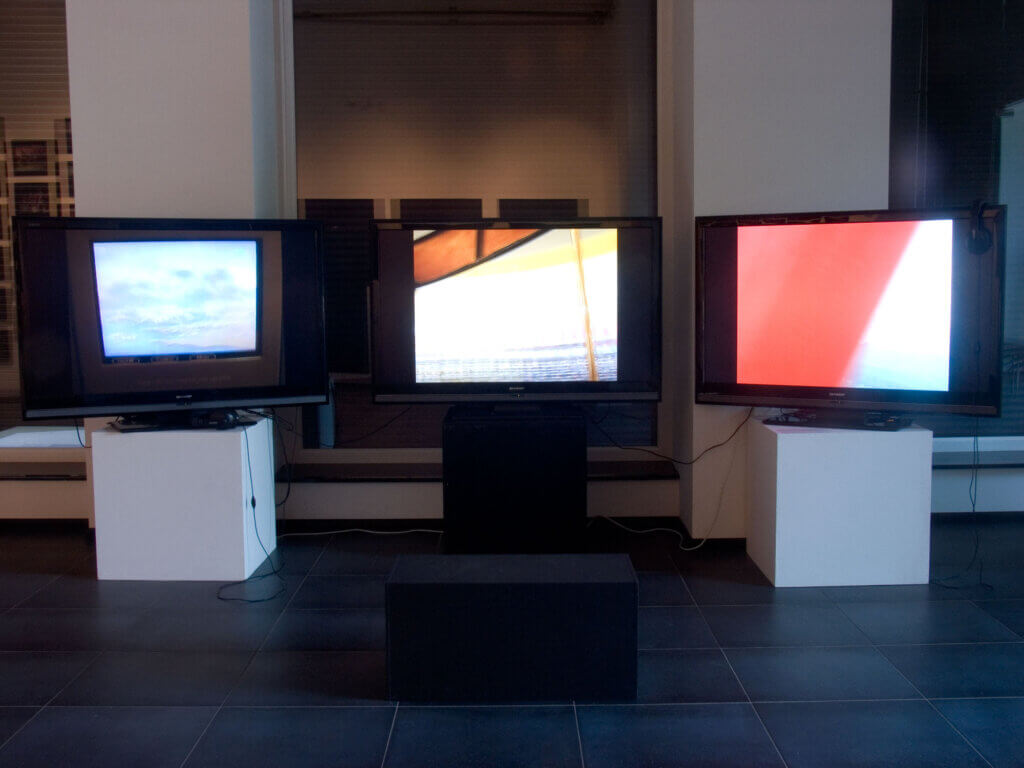
Dmitry Strakovsky, videos 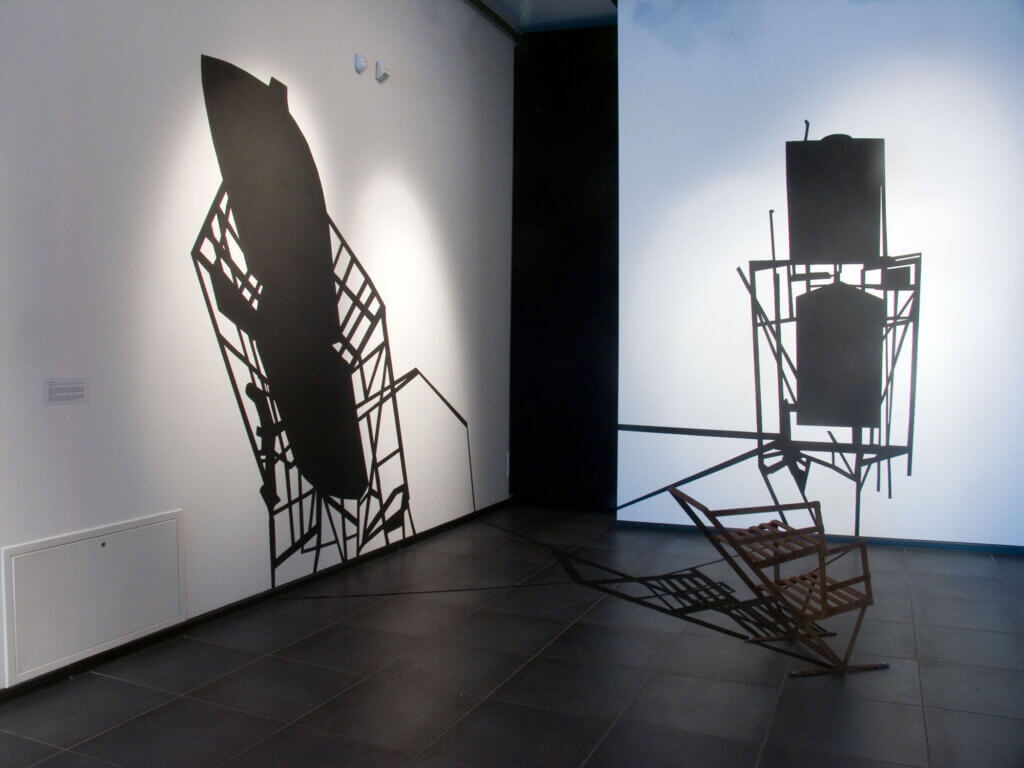
Anna MacLeod, installation“Access all Areas. Water optics” 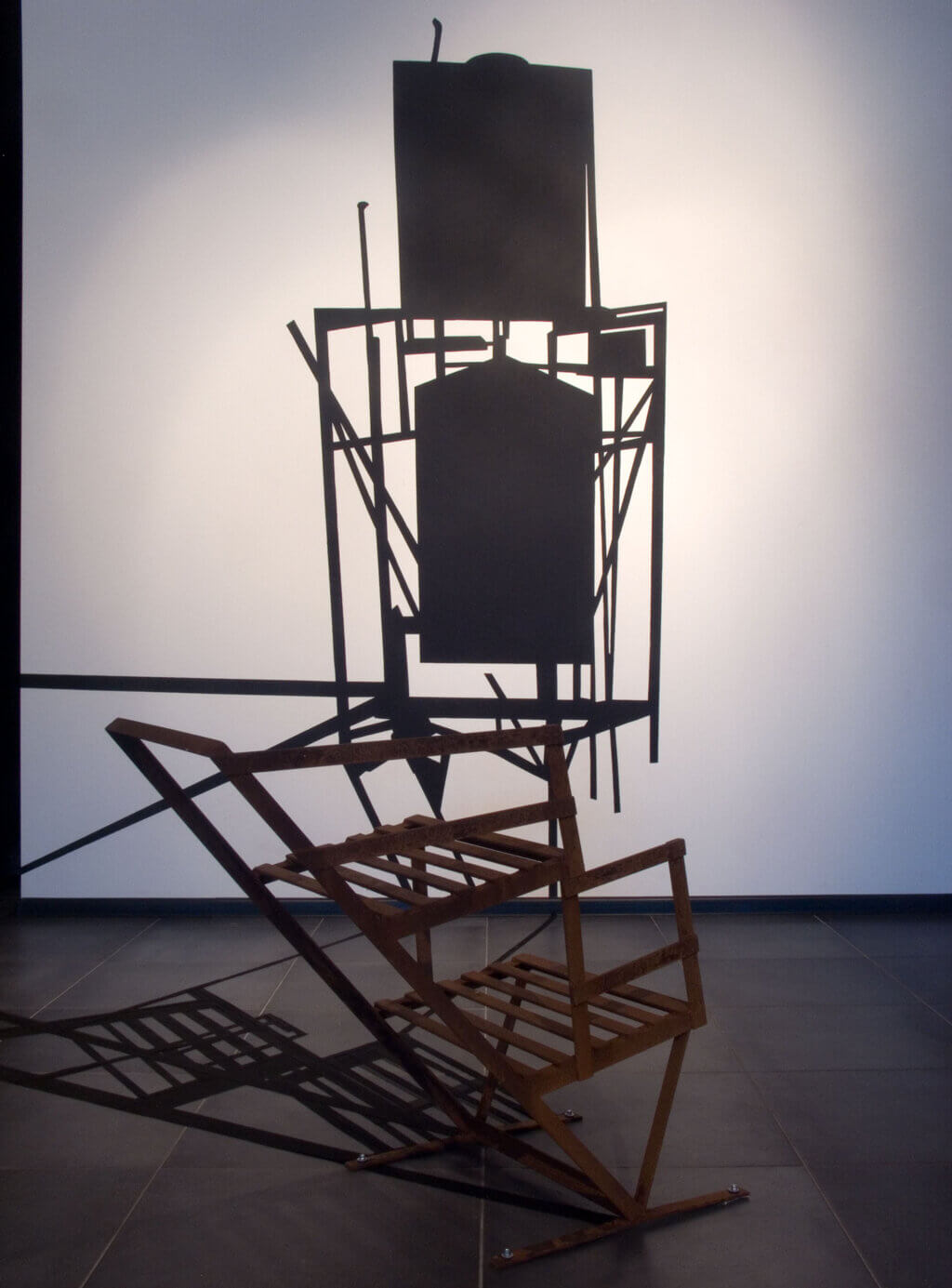
Anna MacLeod, installaton “Access all Areas. Water optics” 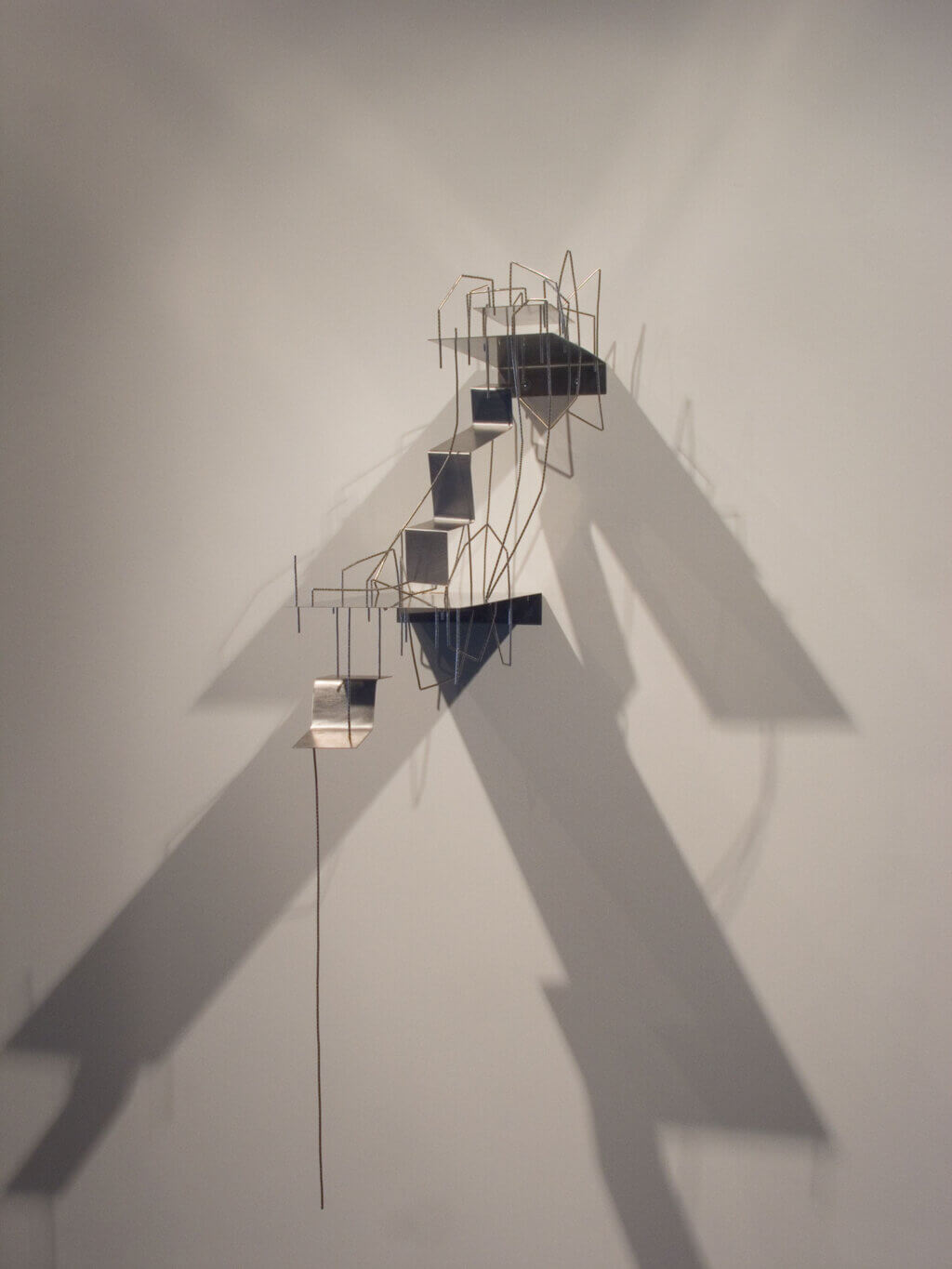
Anna MacLeod, object ”Polar Tension” 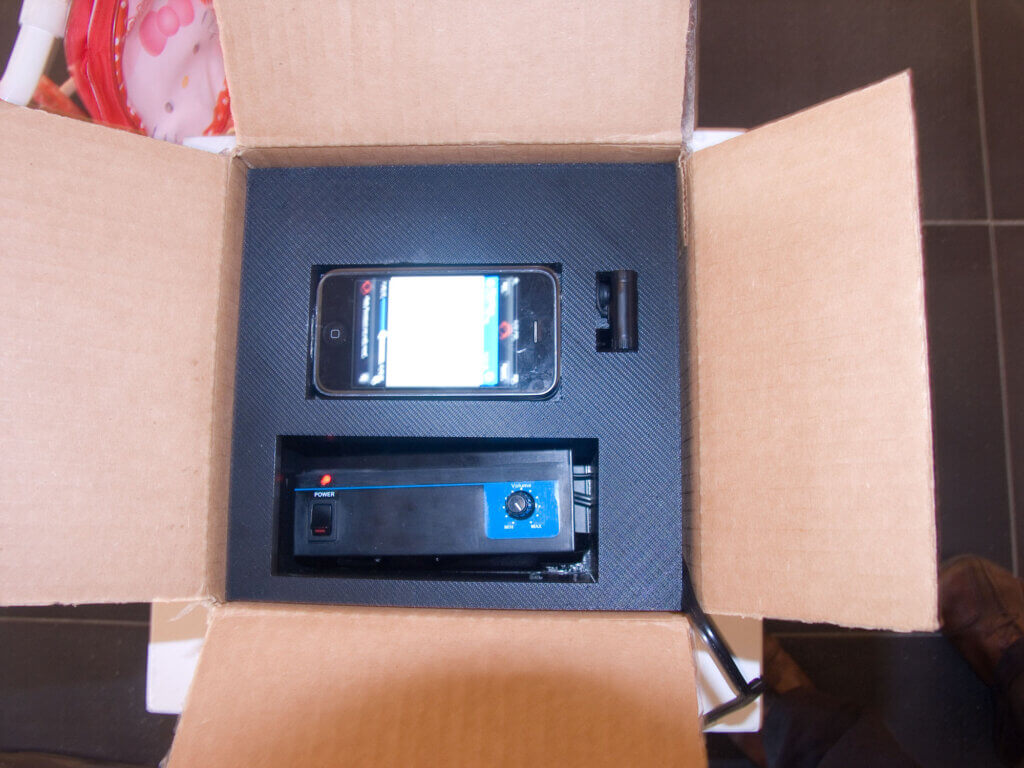
Benjamin Thorp, ”Black Box” 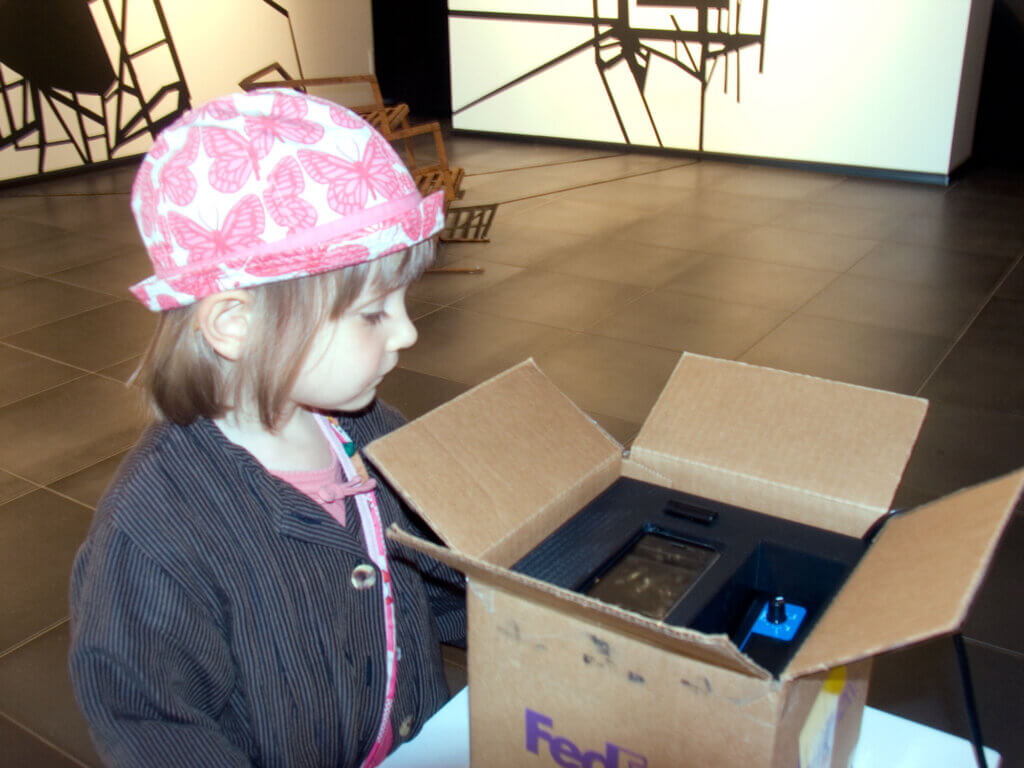
Benjamin Thorp, ”Black Box” 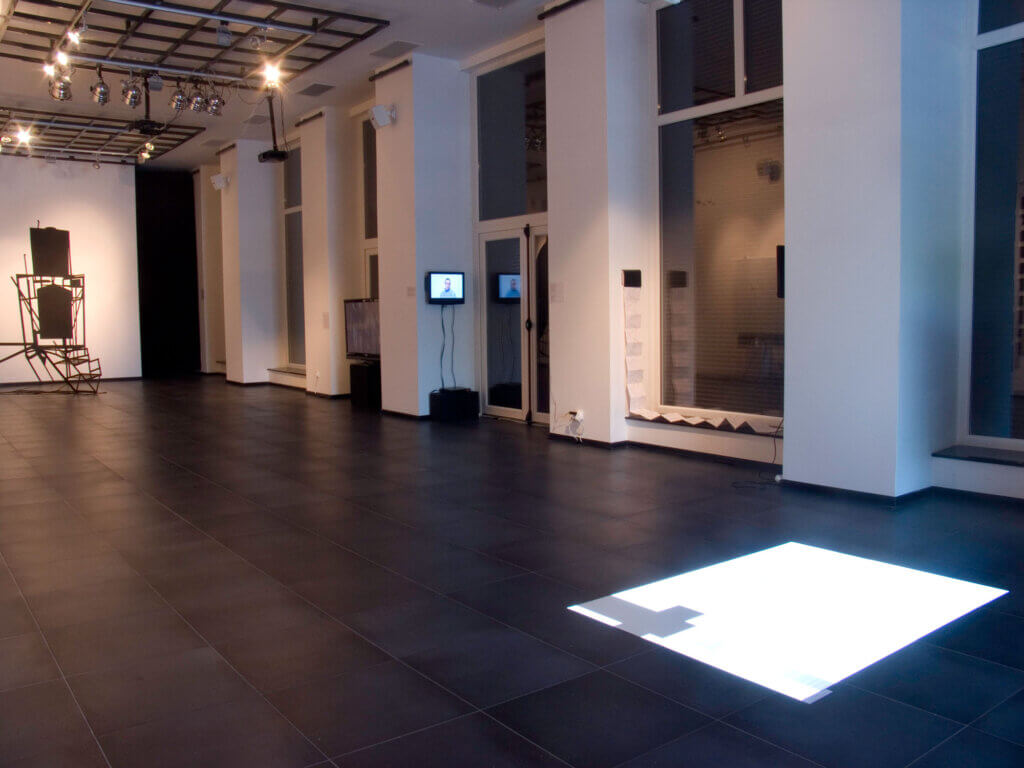
view from the exhibition 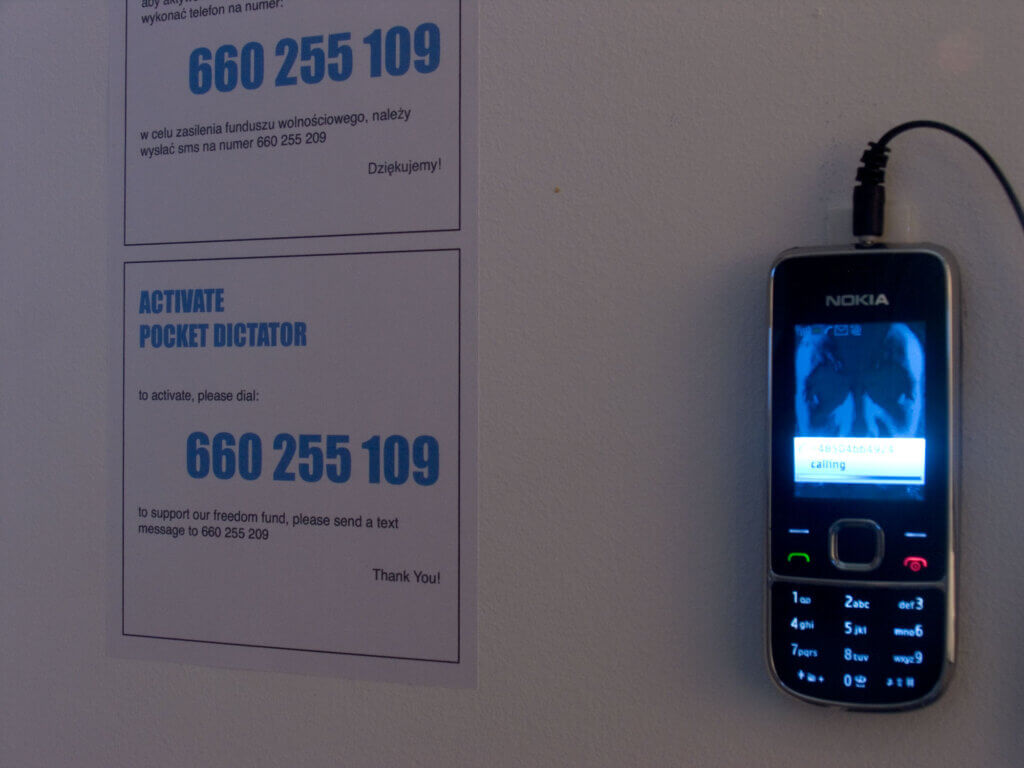
Ela Wysakowska-Walters installation ”Pocket Dictator” 
Ela Wysakowska-Walters installation: ‘‘Indefinite References” 